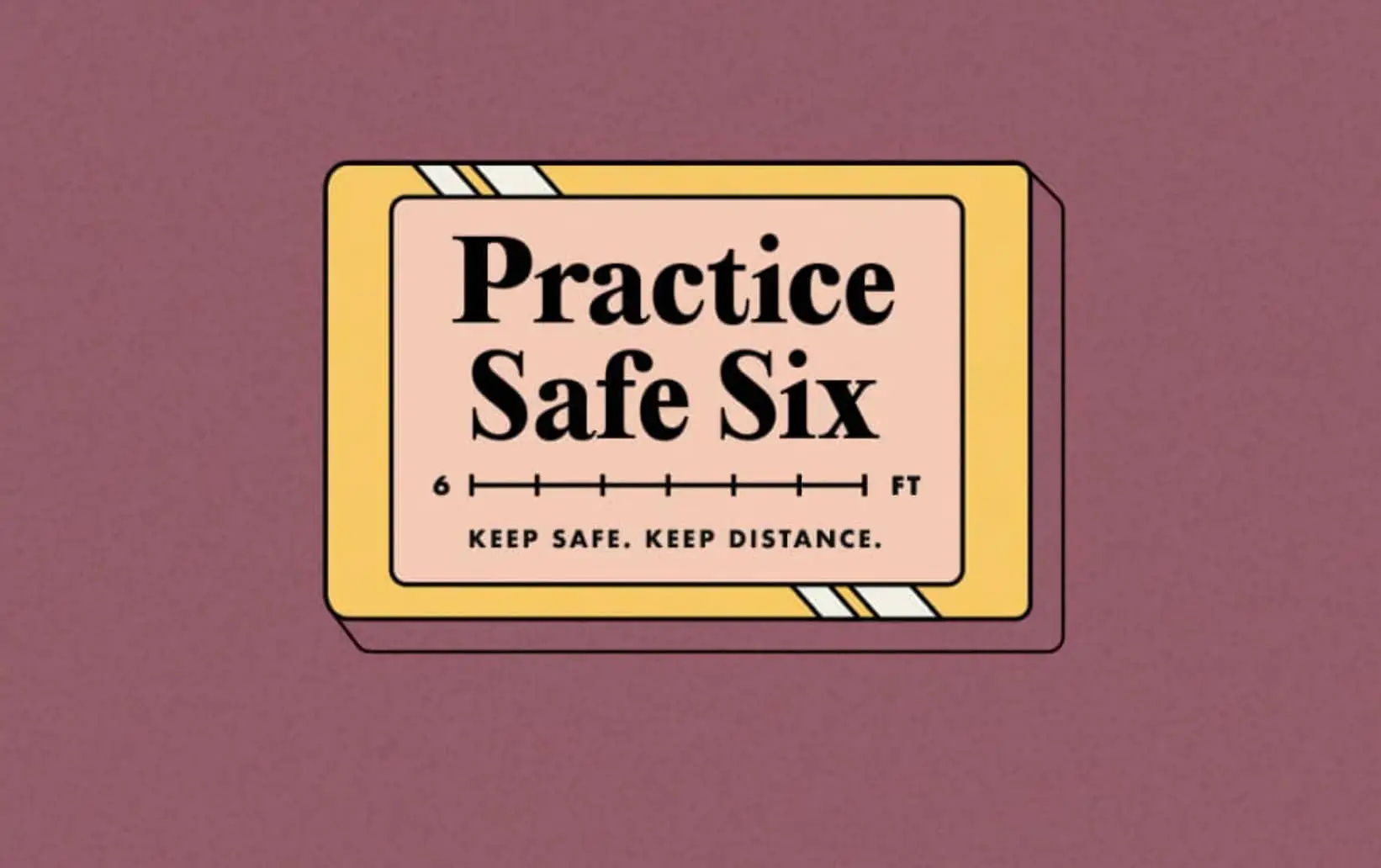A lack of enforced social distancing was one of the factors leading to the spike in Covid-19 cases on the Isle of Wight in December and January, according to the Island’s public health chief.
Asked if we would ever understand how the Island had such an extremely rapid rise in infections, director of public health for the Island, Simon Bryant said it was not about a particular community, but about the Kent variant and social distancing that was not being strongly enforced in line with the national government guidance.
From Tier One to Four
Following the second national lockdown in November, the Isle of Wight fell into the Tier One category — one of only three areas to do so — which gavesome of the most relaxed guidelines.
With low Coronavirus rates, people could eat at restaurants, groups of six could meet and weddings could have up to 15 guests.
The Kent variant
At the time, public figures including the Island’s MP, council leader and health officials urged people to remain cautious and follow guidelines so cases remained low.
However, from mid-December the more transmissible Covid-19 variant in Kent spread rapidly through the community, in hand with the five day relaxation of Covid-19 restrictions, with the Island only now starting to see a tail-off in cases.
As reported by News OnTheWight, yesterday (Tuesday) was the first day since mid-December and mid-November with no new positive tests.
More positive tests in January than whole of 2020
At one stage in January, hundreds of new positive tests were being reported each day and more were reported in that one month alone than in the entirety of 2020.
At a meeting of the Isle of Wight Council’s policy and scrutiny committee for health and social care, Cllr Andrew Garratt asked Mr Bryant whether we would be able to understand just how it spread so much more on the Island than in other regions of the country, not just for answers now but for any future pandemic planning.
Mr Bryant said it was down to a number of factors, but confirmed the large spread was absolutely connected to the Kent variant and social distancing was not as strong.
Household spread
One of the challenges the Island faced, Mr Bryant said, was in areas where there were fewer infections, so more people were able to catch it, due to less community immunity.
He said,
“It is not about a particular community; it was about social distancing and that not being strongly enforced, in line with the national government.
“That enabled spread through our community fairly quickly and it is household spread that does it as we know indoors spread much greater than outdoor.”
This article is from the BBC’s LDRS (Local Democracy Reporter Service) scheme, which News OnTheWight is part of. Read here to find about more about how that scheme works on the Island. Some alterations and additions may have been made by News OnTheWight. Ed
Image: UnitedNations under CC BY 2.0




